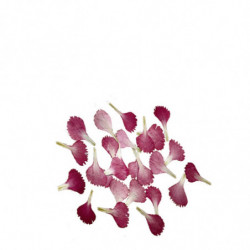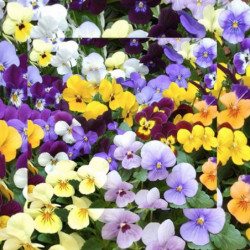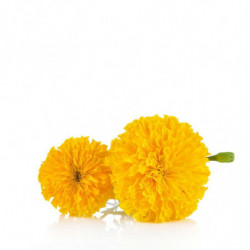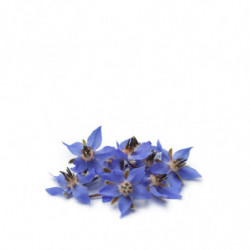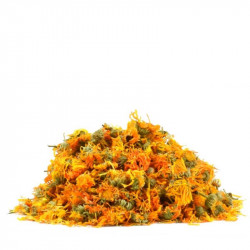Beauty and Benefits of Carnation Petals
Carnation petals are a beautiful flower used in both cooking and alternative medicine for their therapeutic properties. Below is a detailed description of the highlights of this flower.
Appearance
Carnation petals have a similar appearance to other flowers in the carnation family, with a diameter of approximately 2-3 cm. They are usually pink, red, or white, and have a soft, velvety texture.
Composition and Nutrients
Carnation petals contain a variety of beneficial compounds, including eugenol, caryophyllene, flavonoids, and triterpenoids. They are also rich in antioxidants, vitamins C and E, and minerals such as potassium, calcium, and iron.
Origin and Cultivation Areas
Carnations are native to the Mediterranean region but are now cultivated worldwide. Major carnation producers include Colombia, Kenya, Ethiopia, and the Netherlands.
History
Carnations have been cultivated for centuries, and their name is believed to come from the Latin word "clavus," meaning nail, due to their spicy aroma. In the Middle Ages, carnations were used in folk medicine to treat a variety of ailments, from headaches to stomach pains.
Culinary Uses
Carnation petals are used in cooking to decorate desserts and drinks, as well as to flavor jams and liqueurs. They can also be used to make carnation tea, which is believed to have relaxing properties.
Therapeutic Properties
Carnation petals have a variety of therapeutic properties, including anti-inflammatory, analgesic, antibacterial, and antioxidant properties. They are also believed to have relaxing properties and may help reduce anxiety and stress.
Fun Facts
The carnation is the national flower of Spain. In popular culture, white carnations are believed to represent innocence, red carnations represent love, and pink carnations represent gratitude. Carnation petals are also used in the cosmetic industry to add color and fragrance to personal care products.
